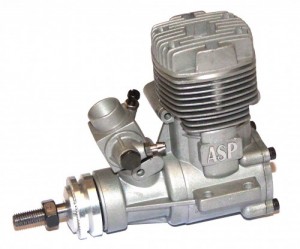Gauging Your Spark Plugs: Part Two
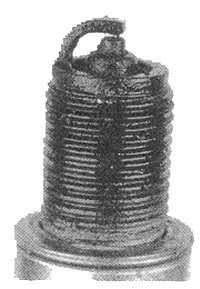 Knowing how to evaluate your spark plugs is a useful skill for adjusting the flow of gasoline and outboard motor oil your vehicle’s engine burns and identifying other potential engine problems. Last time we went over what a normal and dry spark plug will look like, and today we will finish reviewing the various problems that the spark plug can indicate.
Knowing how to evaluate your spark plugs is a useful skill for adjusting the flow of gasoline and outboard motor oil your vehicle’s engine burns and identifying other potential engine problems. Last time we went over what a normal and dry spark plug will look like, and today we will finish reviewing the various problems that the spark plug can indicate.
If the insulator is wet and black, it is a likely signal of wet fouling, which is caused by too rich of a fuel to oil ratio or unwarranted use of the choke. Chalky buildup or bumps on the insulator are caused from excess deposits, which are created due to poor fuel quality or bad oil. Lastly, a white and melted insulator shows that the engine is overheating. This is caused by too lean of a fuel mixture or problems with your spark plug placement and heat range.


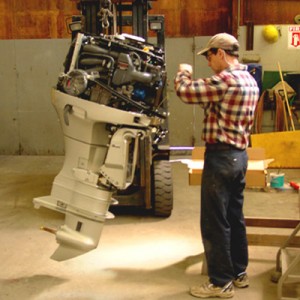
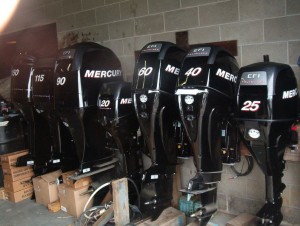
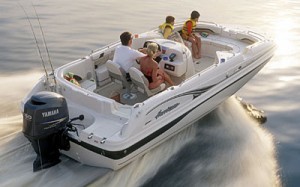
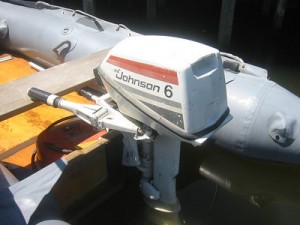
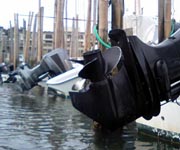
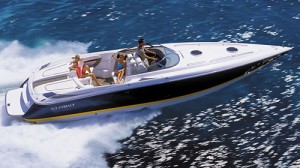
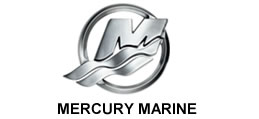
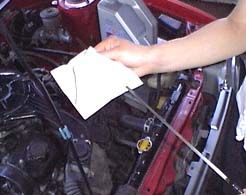
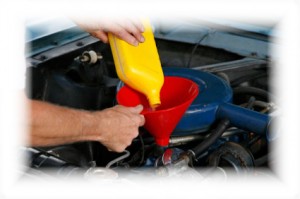
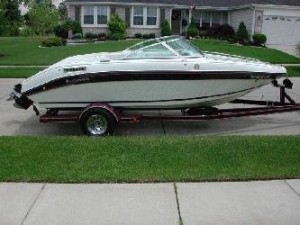 Aside from your house or car, a boat is probably one of the biggest purchases that you will ever make. With that in mind, it is important to do some research before dropping thousands on a watercraft. One of the most important things to consider is whether you want an inboard or outboard motor.
Aside from your house or car, a boat is probably one of the biggest purchases that you will ever make. With that in mind, it is important to do some research before dropping thousands on a watercraft. One of the most important things to consider is whether you want an inboard or outboard motor.